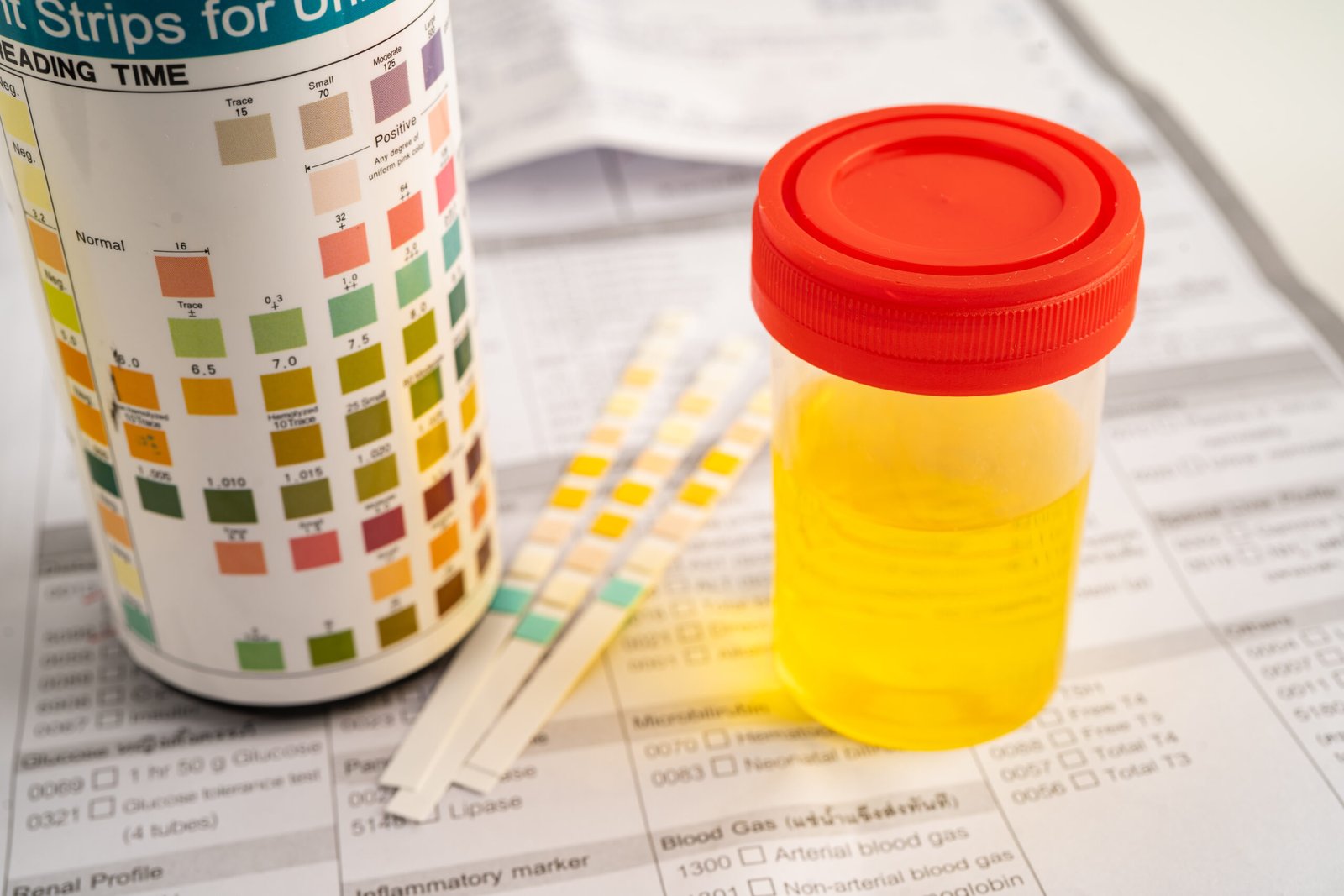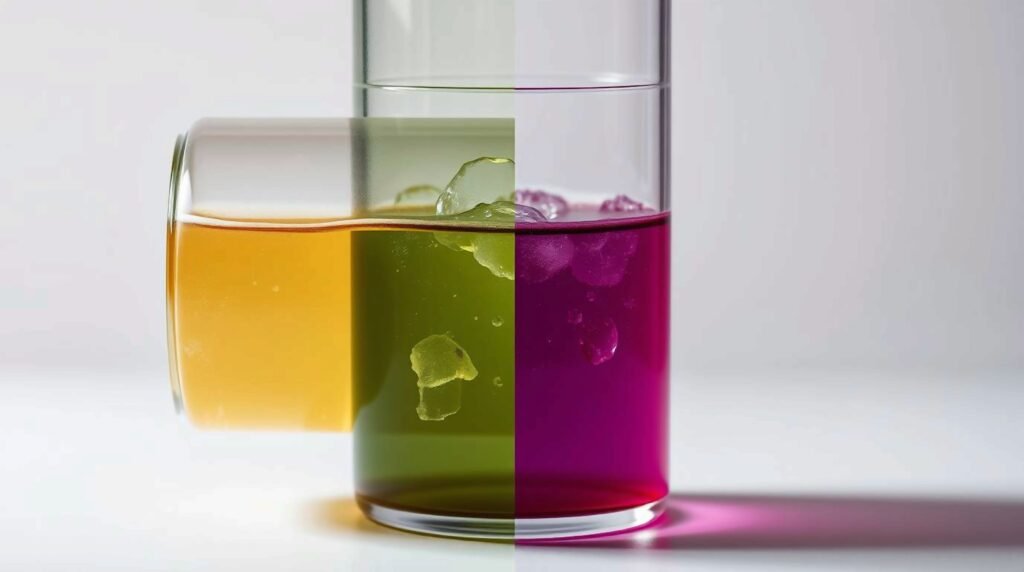pH Balance – Vital to Life
Our bodies run on balance…pH balance! From heartbeat rhythms to hormone cycles, nearly every system relies on steady, predictable chemistry to keep us alive and well. A cornerstone of that chemistry is pH—short for “potential of hydrogen.” pH is simply a scale that measures how acidic or alkaline a solution is, from 0 (most acidic) to 14 (most alkaline), with 7 considered neutral. While it may sound technical, pH balance influences everything from digestion and energy to skin comfort and oral health. Understanding it—and supporting it with practical daily habits—can be a game-changer for how you feel.
What pH really means in your body
Different parts of the body are designed to have different pH levels:
-
Blood: tightly regulated around 7.35–7.45 (slightly alkaline). Your body will work extremely hard to keep this stable.
-
Stomach: very acidic (as low as 1.5–3.5) to break down proteins, kill microbes, and trigger digestive enzymes.
-
Skin: mildly acidic (around 4.7–5.5) to support the skin barrier and healthy microbiome.
-
Mouth & saliva: near neutral to slightly acidic; saliva buffers acids after meals to protect enamel.
-
Urine: varies during the day (often 4.5–8.0) as your body eliminates byproducts and adjusts mineral balance.
The key takeaway: “healthy pH” isn’t one number everywhere. It’s the right pH in the right place. I detail how important pH balance is in my personal cancer decisions.

Why pH balance matters
When the pH environment is off—even a little—systems struggle:
-
Digestion: Too little stomach acid can cause bloating, gas, and poor nutrient absorption.
-
Teeth & gums: Frequent exposure to acids (from food, drinks, or reflux) can erode enamel and irritate gums.
-
Skin: A disrupted acid mantle may show up as dryness, itchiness, or breakouts.
-
Energy & recovery: Mineral balance (including magnesium, potassium, calcium) is tied to acid-base status, which can influence muscle function and post-exercise recovery.
-
Urinary comfort: Persistently acidic or alkaline urine may correlate with diet, hydration, or infection risk.
While the body is excellent at maintaining blood pH, lifestyle choices can either support or strain those regulatory systems. Think of daily habits as teammates that make your body’s job easier.
Simple ways to support a healthy pH balance
Below are gentle, practical steps that work with your physiology. None of them “force” blood pH to change (that’s not the goal); they support the organs that keep everything in balance.
-
Hydrate on purpose.
Aim for steady, consistent water intake throughout the day. If plain water feels hard to drink, add a squeeze of lemon or a few cucumber slices. Despite lemon’s acidic taste, its byproducts are metabolized in an alkaline-supportive way. Proper hydration helps the kidneys do their buffering work. -
Fill half your plate with plants.
Leafy greens, cruciferous vegetables, cucumbers, avocado, zucchini, fresh herbs, and low-sugar fruits provide potassium, magnesium, and plant compounds that help your body manage acid load. An “alkaline-leaning” plate doesn’t eliminate proteins—it balances them with mineral-rich plants. -
Choose proteins wisely.
Enjoy quality proteins (fish, eggs, poultry, legumes) and pair them with vegetables. Traditional, slow-cooked broths can be soothing to the gut; fermented foods (yogurt, kefir, sauerkraut) may support digestion—start slow if you’re new to them. -
Watch the acid “stack.”
Coffee, soda, energy drinks, high-sugar treats, and ultra-processed foods compound acidity in the mouth and can burden your system when overused. You don’t need perfection—just notice patterns and reduce stacks (e.g., coffee + pastry + soda + late pizza). -
Support stomach acid naturally.
Paradoxically, reflux and bloating sometimes come from low stomach acid. Slow down, chew thoroughly, and avoid drinking large amounts of water with meals. Some people do well with digestive bitters or apple cider vinegar before meals—ask a professional if you have reflux, ulcers, or are on medications. -
Breathe and move.
Your lungs help regulate acid-base status via carbon dioxide. Daily walking, gentle strength training, and deep breathing (box breathing: inhale 4, hold 4, exhale 4, hold 4) all assist your body’s natural buffering. -
Mineral check-in.
A mineral-conscious diet (greens, nuts/seeds, beans, mineral-rich water, and occasional broth) supports nerve, muscle, and acid-base functions. Work with a practitioner if you suspect deficiencies or take medications that affect electrolytes. -
Protect your enamel.
After acidic foods or beverages, swish with plain water. Wait 30 minutes before brushing so softened enamel can re-harden. Chewing xylitol gum after meals can boost saliva and buffering capacity. -
Be kind to your skin barrier.
Over-cleansing or high-pH soaps can disrupt skin’s acid mantle. Choose gentle, pH-balanced cleansers and moisturize promptly after washing.
What about “alkaline diets”?
You’ll hear bold claims that alkaline diets “change your blood pH.” That’s not how human physiology works—your body keeps blood pH extremely stable. What an “alkaline-leaning” way of eating does tend to change is urine pH (a normal reflection of what your kidneys are excreting) and overall metabolic load. Many people feel better on a plant-forward, minimally processed diet—not because it magically raises blood pH, but because it reduces burden and improves nutrient density.
How to keep tabs on your own patterns
-
Food & symptom journal: Track what you eat and how you feel (energy, digestion, sleep, skin). Patterns appear quickly.
-
Mouth & teeth: Sensitive teeth after citrus or soda? Rinse and time your brushing.
-
Hydration cues: Dry mouth, darker urine, or afternoon headaches often improve with consistent water and minerals.
-
Professional support: If you have kidney disease, diabetes, chronic lung conditions, or are taking medications, talk with your healthcare provider about safe adjustments.
Gentle reminder: This article is educational and not medical advice. If you have persistent symptoms (reflux, burning urine, severe fatigue, unexplained weight changes), seek a qualified professional.
A simple “pH-friendly” daily rhythm
-
Morning: water + mineral-rich smoothie (spinach, cucumber, avocado, lemon, and a protein of your choice).
-
Midday: big salad with mixed greens, colorful veggies, quality protein, olive oil, and herbs.
-
Afternoon: movement break + deep breathing.
-
Evening: cooked vegetables, protein, and a broth or fermented side (if tolerated).
-
All day: rinse your mouth after acidic drinks; be kind to your skin with gentle cleansers.
When you view pH balance as a supportive framework—not a rigid rule—you’ll find it’s less about chasing numbers and more about nourishing the systems that keep you steady: kidneys, lungs, digestion, skin, and saliva. Small, steady choices add up, and your body loves that kind of consistency. As always, please contact me with any questions or comments you have.



Pingback: Castor Oil Benefits for Seniors - Pam Rumley's World | Coloring and Activity Books | Norah Press